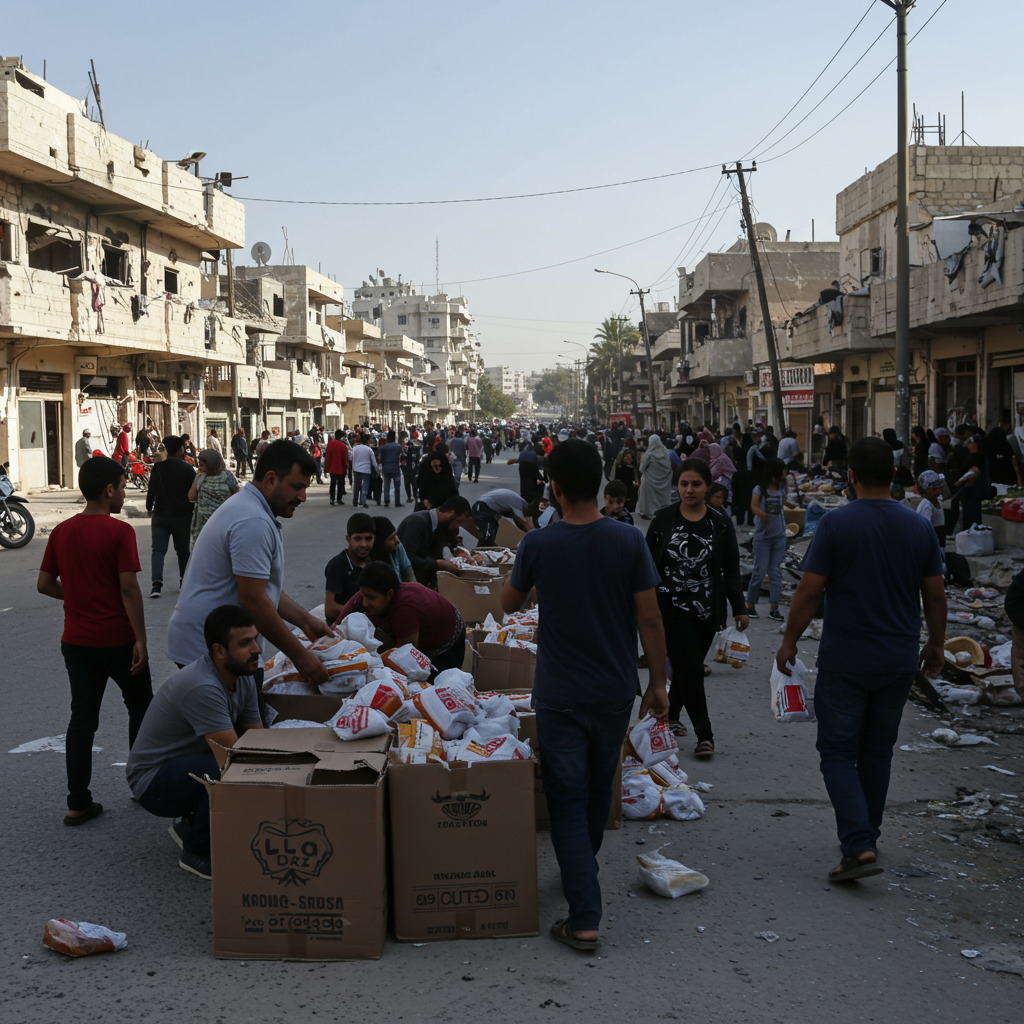Kyiv suffered its most devastating assault of the year as a massive overnight Russian missile and drone barrage killed at least 28 people, including an American citizen, and injured 134 across the Ukrainian capital. The deadly strike, which heavily damaged a nine-story apartment building in the Solomianskyi district, unfolded as Group of Seven (G7) leaders convened for a crucial summit in Kananaskis, Canada.
Ukrainian officials described the attack as “horrific” and “pure terrorism,” suggesting its timing was deliberate, coinciding with the international gathering. While Moscow claimed its strikes targeted military-industrial facilities, the scale of civilian casualties and destruction in residential areas paints a grim picture of the impact on Kyiv. Emergency crews continued strenuous efforts, using cranes and sniffer dogs, to pull victims from the rubble, highlighting the severity of the destruction.
Amidst this fresh wave of violence, Ukrainian President Volodymyr Zelenskyy was present at the G7 summit, seeking reinforced international support. G7 leaders, including Canada and the UK, responded by affirming their commitment and announcing further measures. Canada notably pledged significant new military aid, valued at $1.47 billion (US), which includes drones and helicopters, while the UK announced tighter sanctions targeting Russia’s “shadow fleet,” financial sector, and entities supporting its war machine. Discussions also reportedly included potential US support for defense projects via a joint investment fund.
However, the summit revealed underlying complexities in presenting a united front against Russian aggression. Despite the deadly attack preceding and occurring during the meeting, G7 leaders stopped short of issuing a formal joint statement specifically condemning Russia for the Kyiv strike. This contrasted with previous G7 approaches and, according to reports, was influenced significantly by the absence and stance of US President Donald Trump.
Sources indicated that finding detailed condemnation language agreeable to all partners proved difficult, particularly given President Trump’s reported hopes of mediating with Russian President Vladimir Putin and his complex history regarding support for Ukraine and sanctions against Russia. The lack of a formal joint statement, with the G7 instead issuing a Chair’s summary acknowledging leaders agreed to explore options to maximize pressure on Russia, reflects the challenges in aligning diplomatic approaches. This dynamic echoes previous instances where the US position has reportedly impacted the strength of G7 joint messaging on Russia.
Reports from the summit also noted President Trump questioning the cost of sanctions and expressing regret over Russia’s 2014 expulsion from the G8, suggesting the war might not have happened otherwise – comments viewed by some analyses as potentially undermining the anti-Moscow alliance. While G7 discussions also encompassed global trade issues and responses to escalating Middle East tensions, the deadly assault on Kyiv served as a stark backdrop, underscoring the ongoing conflict’s severity and the diplomatic tightrope walked by international leaders. Meanwhile, voices within Europe, like the Estonian Prime Minister and EU foreign policy chief, continued to emphasize Russia as a direct threat and the critical need for increased support for Ukraine as “Europe’s first line of defence.”



